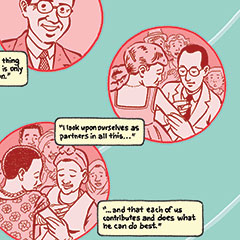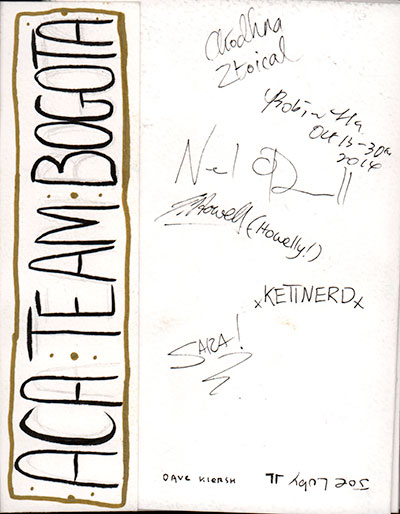Sari and I are proud to announce that this summer we’ll be co-teaching a week-long comics-making memoir workshop at the Fine Arts Work Center in Provincetown, MA.
and I are proud to announce that this summer we’ll be co-teaching a week-long comics-making memoir workshop at the Fine Arts Work Center in Provincetown, MA.
This marks the third time we’ll be doing a comics workshop with FAWC and it’s always been a really rewarding experience—for us and for our students. We learned that nothing makes a better combination than writing and art… or summer and beautiful P-town… or Sari and Josh! (*wink*) So that’s why we’ll be teaching the class again this summer, during the week of July 31–August 5.
Here’s the course description for our Memoir Comics Workshop:
Comics use words and pictures together to form powerful narratives. In this workshop, you will use material from your own life to create an original minicomic. It can be about last night’s dinner, or a moment that changed you forever—as long as it fits into a booklet of 8-12 pages. At the end of the week, we’ll reproduce and swap our minis, and set up an open studio to share our work.
We’ll examine some basic principles of visual storytelling. We’ll also do writing, brainstorming, and collaborative exercises we’ve found useful in producing strong comics work. There will be group feedback to hone our stories, find the narrative “beats,” and help each other discover our “true” story. We’ll generate ideas for solving storytelling problems—and look at how other cartoonists have grappled with them.
You’ll have time to work on your projects in class each day, but you will also probably do some drawing on your own. One of the key features of comics is that they are printed and reproduced. You’ll also design and produce a small edition of your minicomic to share with the other workshop members and for open studio. You’ll come out of this workshop with a tool set for taking your work to another level.
Please email a short description of the autobiographical story you’re going to work on and two character sketches (yourself and another character) to workshops@fawc.org by July 10. This prior work will help you—and us—jump into this intensive project.
Click this link to find out more about the program and how to register. And please spread the word about the week-long workshop, and encourage people to sign up soon. Classes fill up quickly.

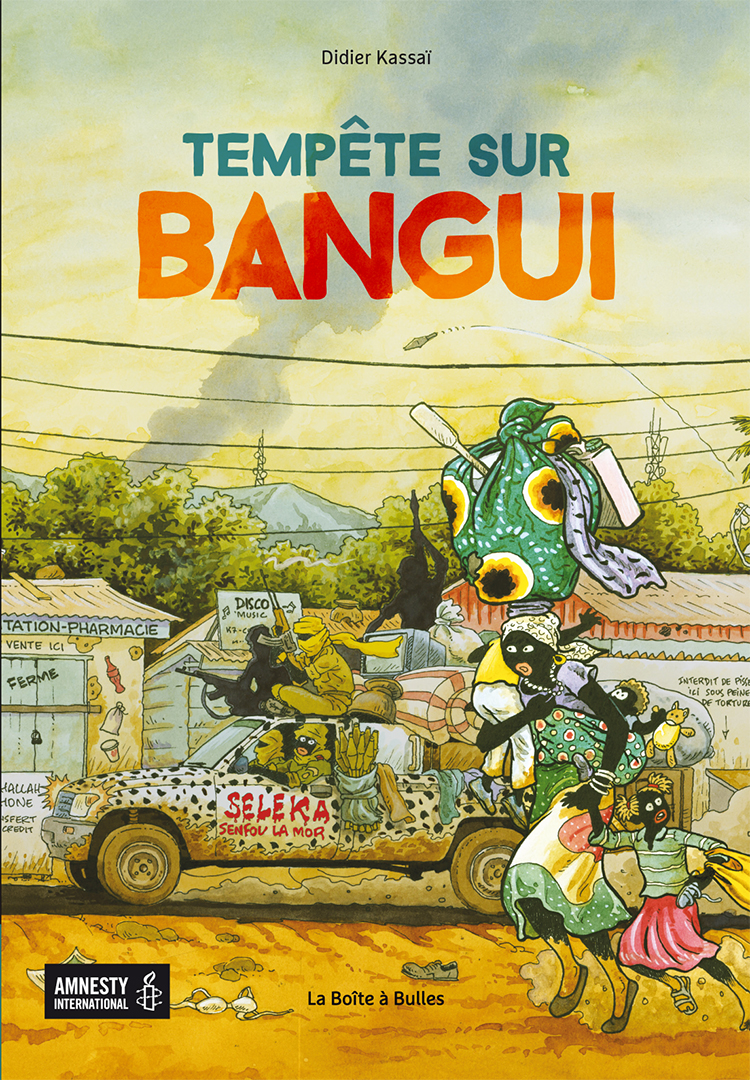
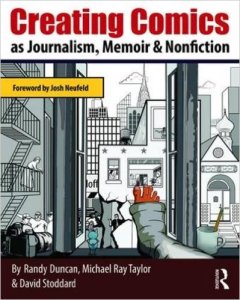 There’s a new book out, by three college professors, called
There’s a new book out, by three college professors, called 
 Matt Bors, the cartoonist/editor/visionary/energizer bunny of comics journalism,
Matt Bors, the cartoonist/editor/visionary/energizer bunny of comics journalism,  Crazy as it is to think, we’re coming up on the tenth anniversary of Hurricane Katrina. Urban activist
Crazy as it is to think, we’re coming up on the tenth anniversary of Hurricane Katrina. Urban activist  This coming
This coming 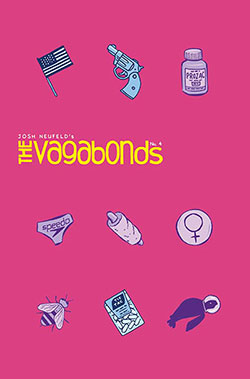 First off is THE VAGABONDS #4 (my second issue with
First off is THE VAGABONDS #4 (my second issue with 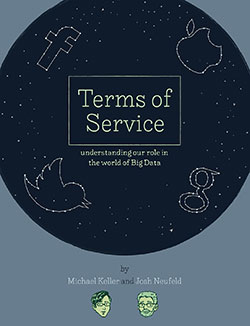 The other book I’m debuting is the print edition of
The other book I’m debuting is the print edition of 